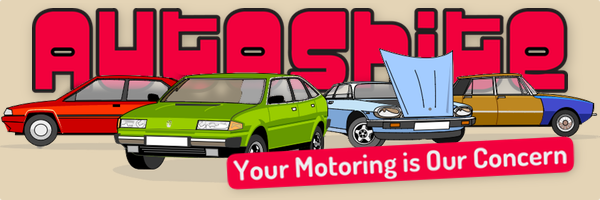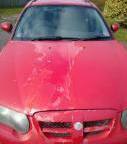Enfield 8000 Restoration
-
Similar Content
-
project Enfield 8000 1970's Electric Car, Second Car Acquired 1 2 3
By coalnotdole,
- 80 replies
- 14,233 views
-
Enfield Pageant - Live FTP
By wesacosa,
- 18 replies
- 2,034 views
-
Maxi restoring 1 2
By richardbarney,
- 30 replies
- 2,307 views
-
Jowett Javelin Appraisal/Restoration. 1 2
By The Old Bloke Next Door,
- 30 replies
- 4,230 views
-
- 188 replies
- 23,781 views
-







Recommended Posts
Create an account or sign in to comment
You need to be a member in order to leave a comment
Create an account
Sign up for a new account in our community. It's easy!
Register a new accountSign in
Already have an account? Sign in here.
Sign In Now